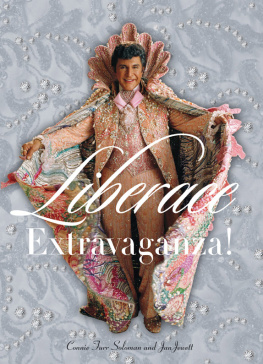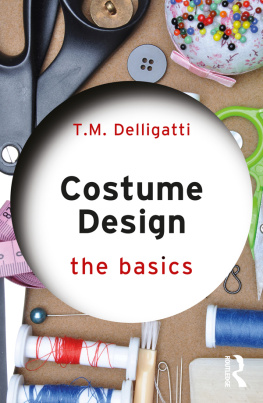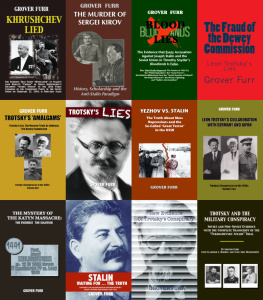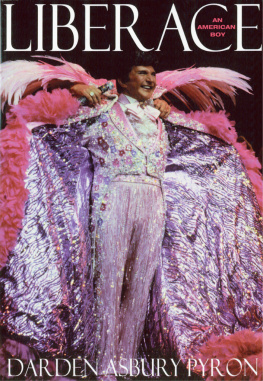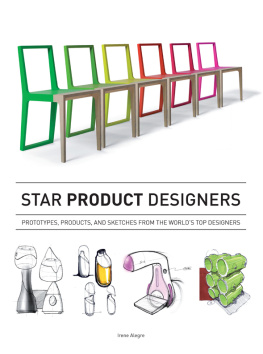

Well, look me over!
I did wear it to be noticed.
Liberace
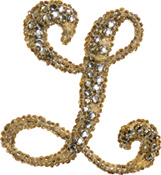
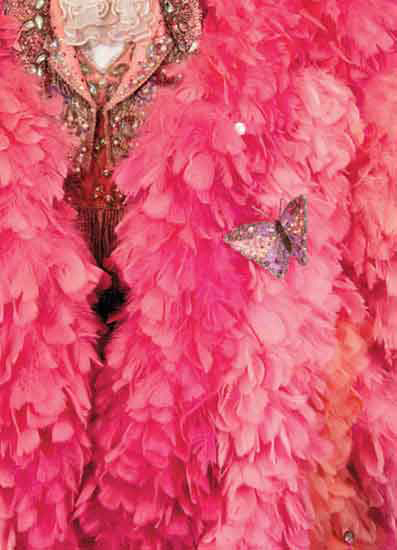
Contents
L iberace was an incredible human being.
I was introduced to him in 1969 by Ray Arnett. Ray was his producer and choreographer, and he staged all of Liberaces shows. He briefed me that Lee [Liberaces nickname] was looking for a designer as his tailor, Frank Acuna, with whom he had worked for a number of years, creating his first Glitter costumes, was about to retire.
The costumes I made for him consisted of sequined and beaded jackets and suits. They were complemented with fur coats designed and executed by Anna Nateece. A signature candelabra, sparkling luxury cars, and original pianos were added to his performances. These were enough to make him more than a wonderful pianist; they earned him the title of Mr. Showmanship, an image that was developed by Ray Arnett.
At my introduction to Liberace, in his Palm Springs home, he asked if I would create a chauffeurs costume for him to use on the stage in one of his limousines. I asked him how much he wanted to spend and he replied, I hope you wont take advantage of me.
That first chauffeurs costume was blue. It was made of three-inch-by-six-inch patches of different shades of blue, each embroidered with different bugle beads, rhinestones, jewels, and sequins, as were the boots. The costume was further embellished with mink cuffs, collar, and boot tops.
He loved it.
Thus began a sixteen-year relationship, which ended at his death in the spring of 1987. Over the years, the costumes became more lavish, more detailedand certainly not limited to sequins. Capes became extremely elaborate and furs became more grand. He was always satisfied, his motto being, More is better, no matter what it cost.
But that was Liberace. He carne from humble beginnings in Wisconsin, acquired a talent for the piano, and exploited it. To outperform other pianists, he added the first gaudy costumes. Fortunately, I was able to channel that taste into a more refined but always spectacular look.
I have always cherished the experience of working with him. He was unique. He was not a sophisticated man, yet he was comfortable with his peers and even with royalty, when he was presented to Queen Elizabeth. And he never forgot where he carne from. He was just as happy eating a Greek dolma when he visited my mother in our family home in Detroit as he was when presented with foie gras at more formal occasions.
He was one in a million.
Michael Travis
At age seven, Liberace received a scholarship to the Wisconsin Conservatory of Music in Milwaukee. There, he received classical training on the piano and was encouraged to pursue his dream of being an entertainer.
When Liberace established the Liberace Foundation, formally, the Liberace Foundation for the Creative and Performing Arts, in 1976, he wanted to give young musicians the same opportunity that he had been given. In his book, The Things I Love, he wrote: A lot of good things have happened to me in show business and I want to do what I can to give others just starting out a career boost. I hope The Foundation projects will continue into the future to offer gifted newcomers financial help, and in many cases, artistic exposure as well.
Today, the Liberace Foundations Liberace Scholarship for the Creative and Performing Arts has awarded more than five million dollars in scholarships to more than 2,700 students at 112 colleges and universities.
Liberace opened the Liberace Museum in Las Vegas on April 15, 1979; its profits went toward supporting the Liberace Foundation. Overseen by he and his brother, George, the museum had two buildings: one housing the majority of his stage costumes and jewelry, the other for his pianos and cars.
In 2010, in the midst of a difficult economy, the Liberace Museum closed its doors. The Foundation is now entirely funded by private donations, while the museums Board of Directors continues to seek a new home.
On its final day, hundreds of Liberaces fans flocked to the museum, lining up well before its opening, to get one more look at the performers fabulous costumes. It is said that at the end of the day, fans and employees stood together, some crying, others simply hugging one another. Then, just as the gates shut for the final time, the thunderstorm that had been raging all day eased. The clouds retreated and a double rainbow colored the sky.
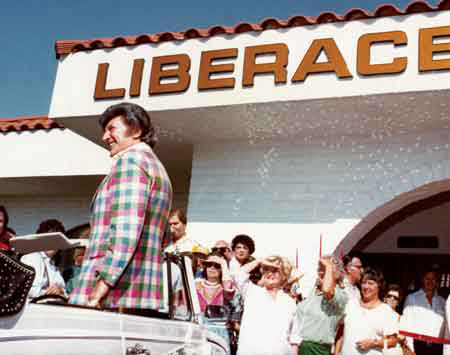
Liberace outside the Liberace Museum.
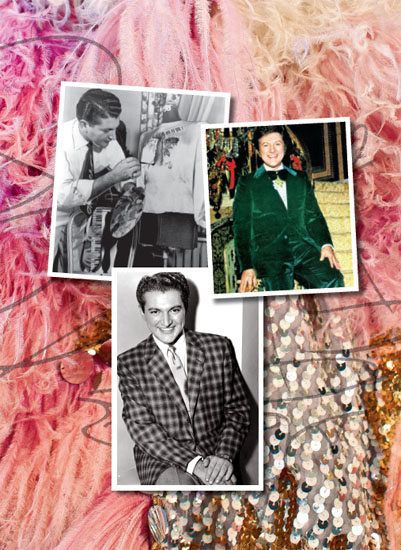
Clockwise from top left: Liberace hand-painting a shirt. Liberace at a 1950s Christmas party. Liberace in a plaid sport coat.
A t 2:05 in the afternoon of February 4, 1987, the world lost its most flamboyant and prolific performer: the great Wladziu Valentino Liberace, known professionally as simply Liberace. His career lasted more than four decades, from the Big Band Era to the decadent 1980s. He earned two separate stars on the Hollywood Walk of Fame (one for music and one for TV), and he had six gold albums. His performances sold out Radio City Music Hall, Carnegie Hall, and the Hollywood Bowleven today many of his attendance records have yet to be surpassed. He was an unparalleled TV personality, the magnetic star of The Liberace Show, which drew more than thirty million viewers at any one time, and received ten thousand fan letters per week. And he was the proud owner of his own museum, in which he showcased his dazzling possessionshis outrageous costumes, jewelry, cars, and pianosfor more than 450,000 museumgoers per year during peak years.
In 1955 The Guinness Book of World Records Listed Liberace as the worlds highest-paid musician and pianist in a single season after he earned two million dollars for a twenty-six-week stint the previous year. He made millions and he spent lavishly, happily enjoying the fine things in lifea glorious estate, ornate cars, and grand pianos. But above all else, Liberaces legendary wardrobehis famous sequined, bejeweled, and rhinestone-studded costumes; his feathered capes; and his fur collectionis what defined him. His wardrobe embedded him in the minds of his fans, and it is what people most associate with him. In glitter and glam regalia that only he could pull off, Liberace earned, among numerous other awards, the titles of best-dressed man in show business from the American Fashion Foundation, best dressed from People magazine, and best-dressed entertainer from the Las Vegas Chamber of Commerce.
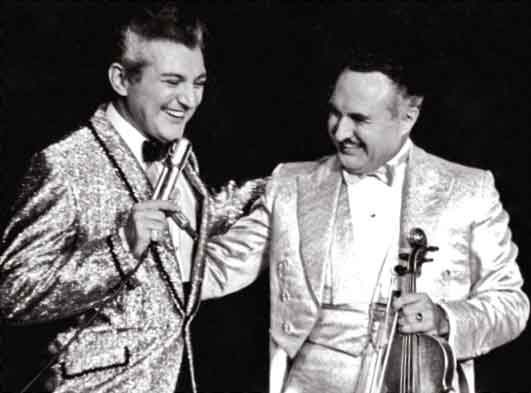
Liberace and his brother, George Liberace.
Liberaces ensembles, created by brilliant designers and tailorsSy Devore, Frank Ortiz, Frank Acuna, Jim Lapidus, Anna Nateece, and Michael Travisinspired megastar performers such as Elton John, Cher, Freddie Mercury, and Madonna to bring eccentricity to their stage costumes. Indeed, todays young pop stars continue to follow his lead. One cannot help but consider Lady Gagas entrance to the Grammy Awards enclosed in an egga reminder of Liberaces 1986 emergence from a Faberg egg at Radio City Music Hall.
Next page
